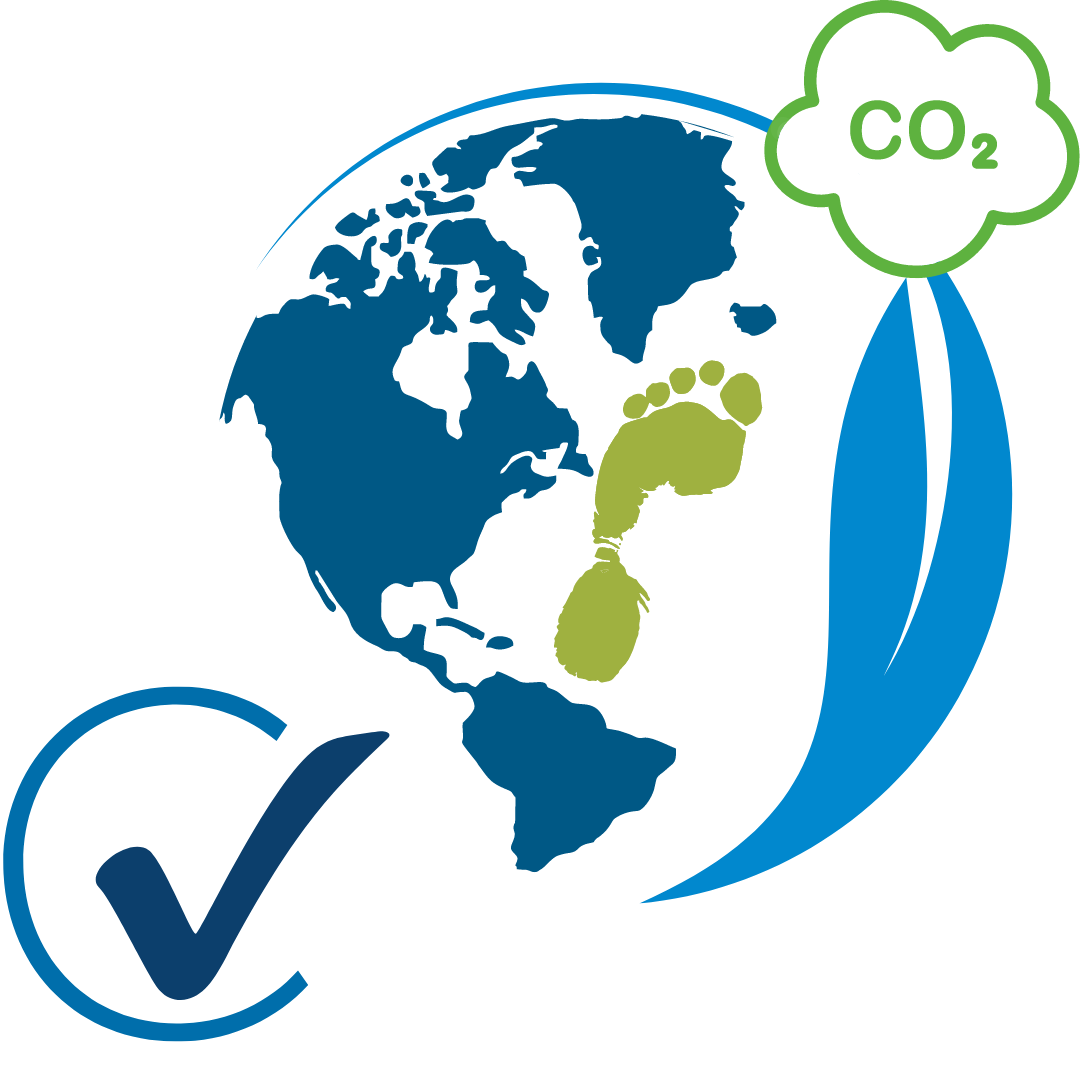Climate Change Overview

Climate Change
What is Climate Change?
Climate change refers to significant and lasting changes in the Earth's climate patterns over an extended period. While natural processes have influenced the climate throughout Earth's history, human activities in recent times have accelerated these changes, leading to a warming planet.
Causes of Climate Change
The primary driver of recent climate change is the increase in greenhouse gas emissions, mainly from human activities. The burning of fossil fuels (coal, oil, and gas), deforestation, and industrial processes release gases like carbon dioxide (CO2), methane (CH4), and nitrous oxide (N2O) into the atmosphere. These gases trap heat, leading to a warming effect known as the greenhouse effect.
Effects of Climate Change
Climate change has wide-ranging impacts on our planet and its ecosystems. Some key effects include:
- Rising Temperatures: Average global temperatures are increasing, leading to more frequent and intense heatwaves.
- Melting Ice and Rising Sea Levels: Glaciers and polar ice caps are melting, contributing to rising sea levels.
- Extreme Weather Events: Increased frequency and intensity of events such as hurricanes, droughts, floods, and wildfires.
- Shifts in Ecosystems: Changes in climate patterns disrupt ecosystems, affecting plant and animal species and their habitats.
- Ocean Acidification: Increased carbon dioxide levels are leading to more acidic oceans, harming marine life.
Mitigation and Adaptation Strategies
- Mitigation: Involves efforts to reduce or prevent the emission of greenhouse gases. This includes transitioning to renewable energy sources, improving energy efficiency, and promoting sustainable practices.
- Adaptation: Focuses on adjusting to the changes that are already occurring or are expected due to climate change. This can include building resilient infrastructure, developing drought-resistant crops, and implementing strategies to protect communities from sea-level rise.
Why it Matters
Climate change poses significant challenges to ecosystems, biodiversity, and human societies. Addressing climate change is crucial to safeguarding the well-being of current and future generations. By reducing greenhouse gas emissions, promoting sustainable practices, and adapting to changes, we can work towards a more sustainable and resilient future.
Understanding the causes and effects of climate change empowers individuals and communities to take action and contribute to global efforts to combat this pressing issue.
Sustainable Development
Definition
Sustainable development is an approach to growth and progress that seeks to meet the needs of the present without compromising the ability of future generations to meet their own needs. It emphasizes a balanced and integrated consideration of economic, social, and environmental factors to create a harmonious and resilient society.
Sustainable development aims to create a balanced and inclusive world where economic prosperity, social well-being, and environmental health are mutually reinforcing and contribute to the overall betterment of humanity.

CarbonSig assists companies in promoting sustainable development
CarbonSig - Carbon Resource Management (CaRma) software assists companies in promoting sustainable development with several mechanisms:
Data Collection and Analysis:
- The software enables companies to gather data on environmental impacts, including carbon emissions and resource consumption.
- Through robust analysis, businesses can identify areas with the highest environmental impact, for informed decision-making for sustainable practices.
Monitoring:
- Footprint management provides monitoring of environmental metrics, allowing companies to track their performance continuously.
- Instant feedback enables timely interventions and adjustments to reduce environmental footprints as conditions change.
Identification of Efficiency Gaps:
- By pinpointing areas for improvement, companies can implement strategies to optimize processes and reduce environmental impact.
Goal Setting and Benchmarking:
- Companies can establish sustainability goals to benchmark their performance against industry standards and best practices.
- Goal setting and benchmarking provide a roadmap for continuous improvement to align the company with broader sustainability objectives.
Compliance and Reporting:
- CarbonSig assists companies with regulatory requirements by automating data collection and reporting processes.
- Ensuring compliance helps avoid legal issues and contributes to the overall commitment to responsible and sustainable business practices.
Stakeholder Communication:
- CarbonSig facilitates transparent communication with stakeholders, including customers, investors, and the community, by providing accurate and up-to-date information on sustainability efforts.
- Improved communication builds trust and enhances company reputations as environmentally responsible.
Cost Savings:
- Implementing sustainable practices with CarbonSig CaRma can result in operational efficiency and cost savings.
- Companies can optimize resource use, and explore alternative, more sustainable materials, contributing to both environmental and economic benefits.
CarbonSig is a valuable tool to integrate sustainable development into operations. By providing actionable insights, facilitating compliance, and enhancing communication, we contribute to more environmentally conscious and socially responsible businesses.

